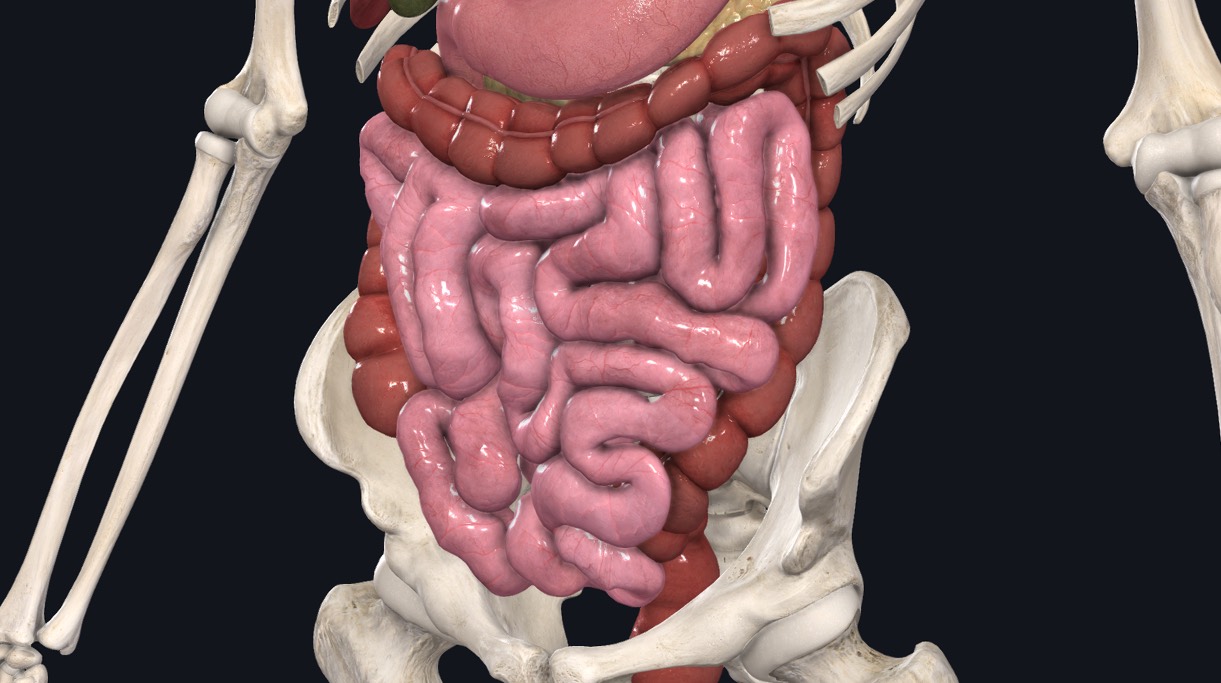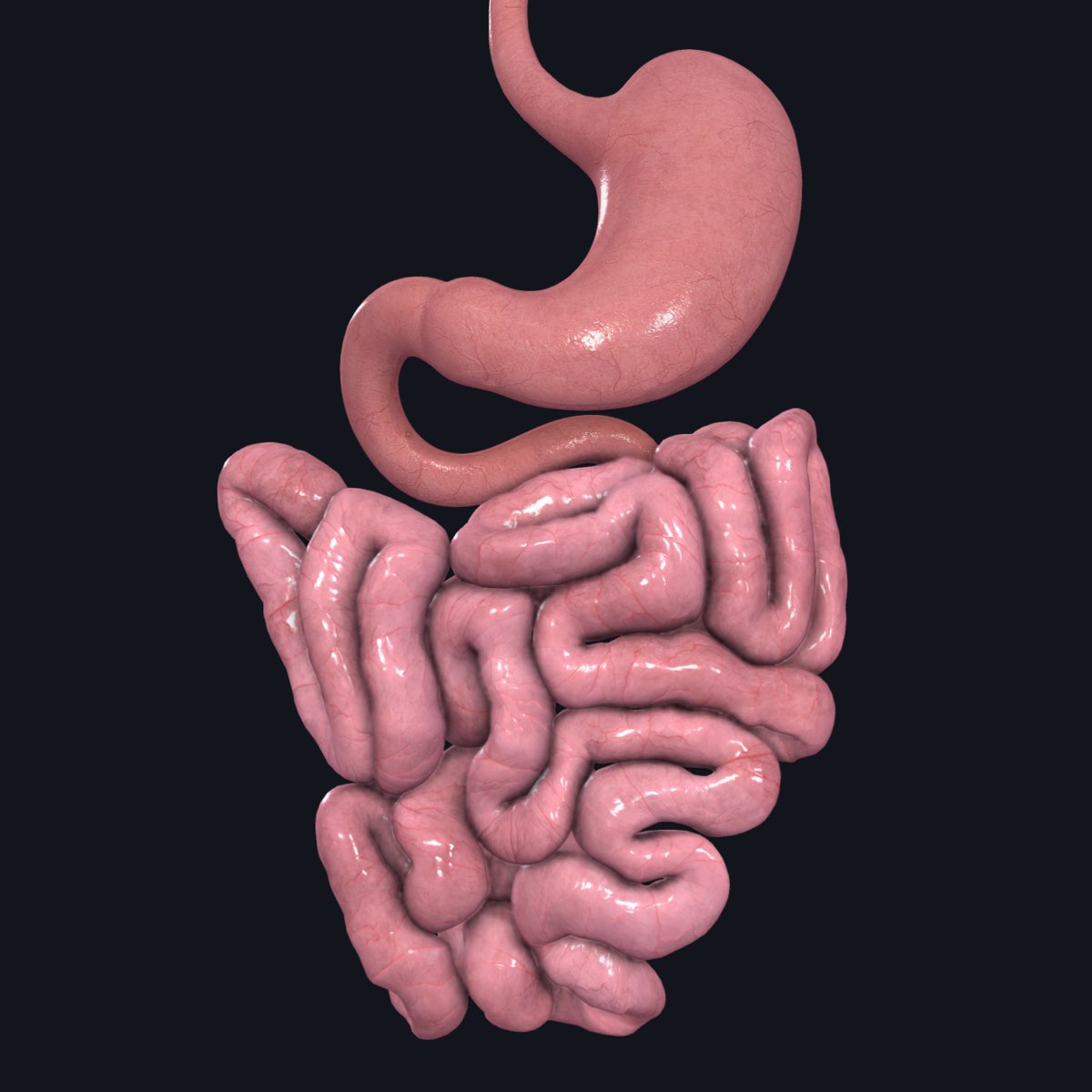
The small intestine is a tube-like organ in the digestive system which absorbs most of the nutrients from the food we eat. ?
The average length of the small intestine is about 6 metres (almost 20 feet), which is approximately 3 times the height of an average person. ?
The small intestine at approximately 3cm is about half the diameter of the large intestine, it is hard to believe that an organ so narrow could do such a big job. However, looks can be deceiving. ?
The absorptive surface area of this organ is roughly around 30 square meters (almost 400 square feet) – the size of a badminton court! ? How is this even possible? ?

This organ has three features that increase its surface area and enable extensive absorption within a relatively small space:
- Mucosal folds: The inner surface of the small intestine is not flat, but organized in circular folds called mucosal folds. This not only increases the surface area, but helps regulate the flow of digested food through your intestine.
- Villi: On the surface of the mucosal folds are numerous tiny projections called villi, which stick out into the open space inside your small intestine (or lumen), and are covered with cells that help absorb nutrients from the food that passes through.
- Microvilli: The surface of the cells on the villi are packed full of tiny hair-like projections called microvilli which aids absorption. This creates a brush border appearance which early anatomists described as appearing like the bristles of a paintbrush.
The microvilli also play a vital role in secretion of digestive enzymes by presenting it on its surface where they act on digested food particles
Each of these factors increase the surface area of the cells found within the small intestine, allowing maximum absorption of nutrients.
Gastrointestinal anatomy has never been easier to digest with Complete Anatomy. Feast your eyes on the most advanced 3D anatomy atlas ever and try it for FREE today.
